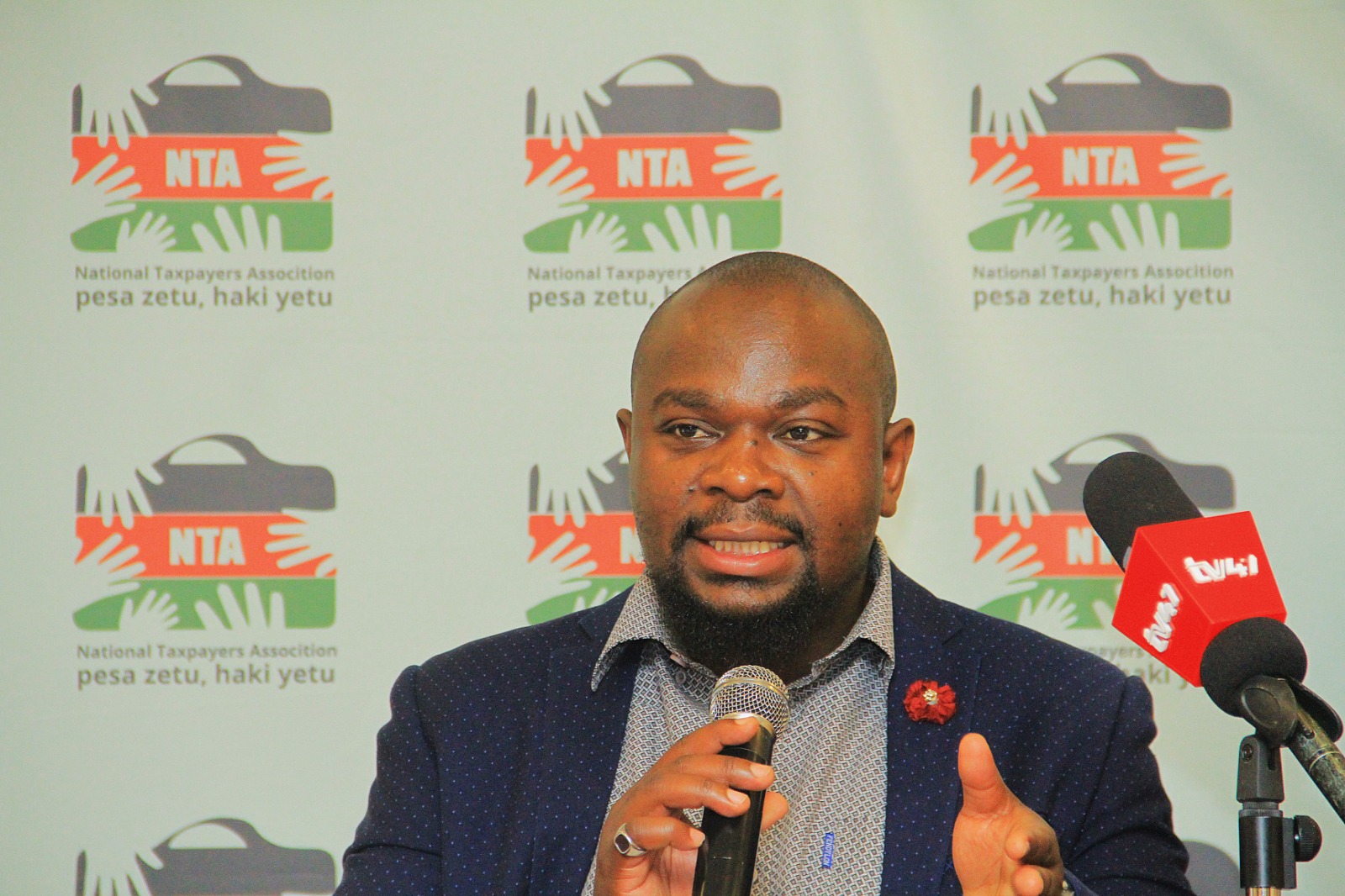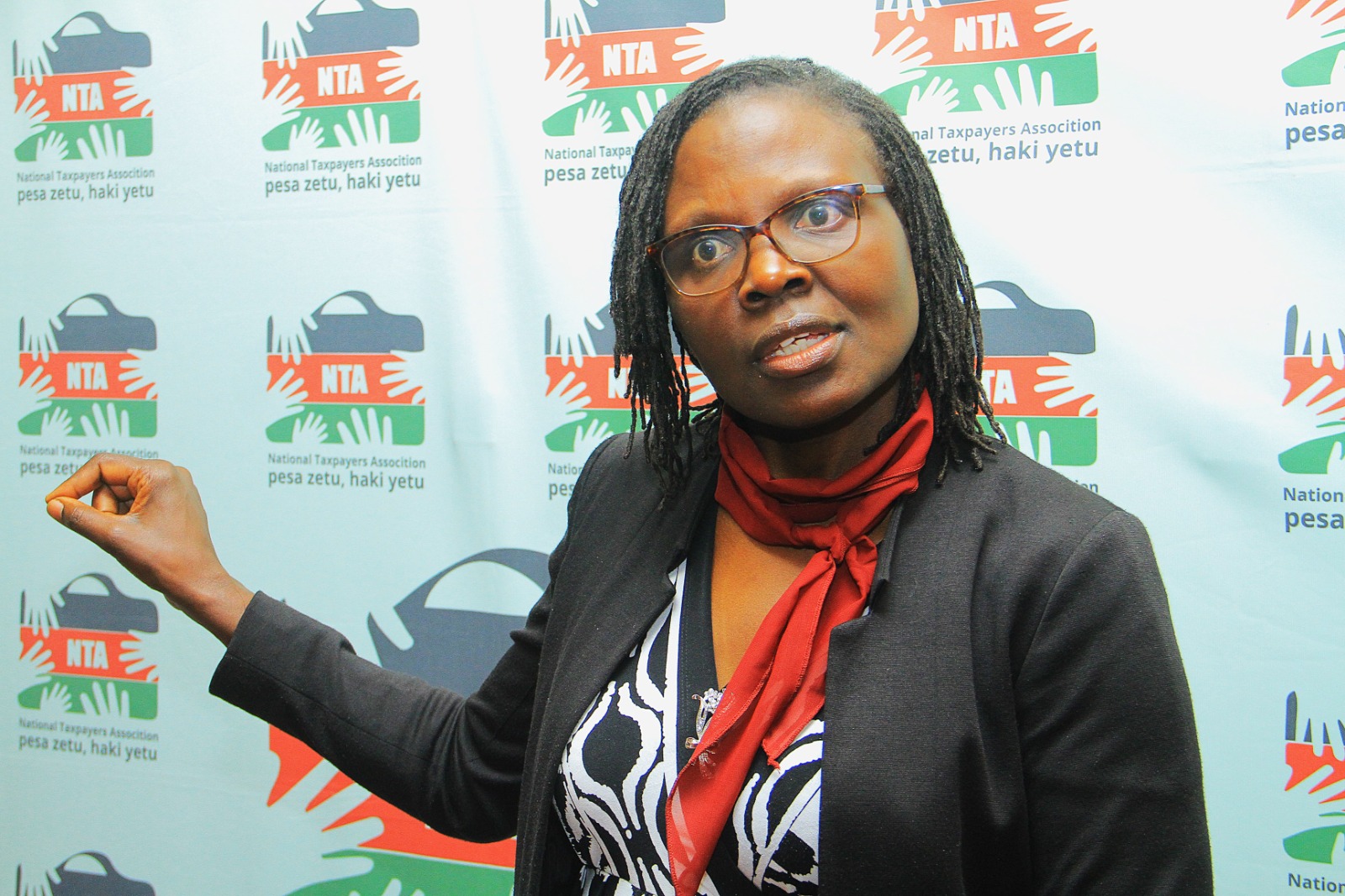 Thomas Lindi, the CEO of the Kenya Tobacco Control and Health Promotion Alliance (KETCA).
Thomas Lindi, the CEO of the Kenya Tobacco Control and Health Promotion Alliance (KETCA).
The government has allocated less than 10 per cent of what is required to fight non-communicable diseases (NCDs) such as cancer this year, civil societies suggest in a new report.
The gap could lead to more Kenyans developing preventable diseases or dying from them this year, they said.
They said only Sh2.2 billion was set aside for NCDs prevention and control in the 2025-26 budget.
Patients with NCDs occupy about half of all hospital beds while four in every 10 deaths in Kenya are caused by NCDs, the Kenya National Bureau of Statistics said in 2024.
“The comprehensive analysis, which tracked budgetary allocations and expenditures between FY 2020-21 and FY 2025-26, finds that while NCDs are rapidly rising, Kenya’s public health response remains dangerously out of step with the scale of the threat,” said Anne Avonde, a programme officer of the National Taxpayers Association (NTA).
The NTA is a member of the Kenya Tobacco and Nicotine Tax Coalition, which developed the analysis.
The other members include the Kenya Tobacco Control and Health Promotion Alliance, International Institute for Legislative Affairs, Consumer information Network, Students Campaign Against Drugs, Den of Hope, Kenya Network of Cancer Organizations and Non-Communicable Diseases Alliance Kenya.
 Prisca Githuka, the vice chair of the Kenya Network of Cancer Organisations.
Prisca Githuka, the vice chair of the Kenya Network of Cancer Organisations.
“These interventions would include outpatient and inpatient services, mental health care, palliative care, rehabilitation and broad-based prevention efforts at the community level,” the report says.
The report also indicates budget absorption rates across the Ministry of Health have remained below optimal levels –averaging just 86 per cent over three years.
Thomas Lindi, the CEO of the Ketca, advised the government to raise more revenue through increased tobacco taxation.
Tobacco use kills at least 9,000 Kenyans every year, according to the Kenya Tobacco Atlas. Lindi said the current share of taxes on the retail price of tobacco products is only 32 per cent.
“This is still lower than the WHO Framework Convention on Tobacco Control threshold of 70 per cent,” he said.
He urged the Ministry of Health to come clean on how it spends money from the Solatium Compensatory Fund, which collects 2 per cent of turnover of tobacco industry every year.
“Last year, chairperson of the Tobacco Control Fund Naomi Shaaban said they collected Sh800 million in one year. But there’s no transparency on how that money is spent. The civil society has completely been sidelined yet their tobacco control activities should be financed from that fund.”
Prisca Githuka, the vice chair of the Kenya Network of Cancer Organisations said the Emergency and Chronic Diseases Control Fund under SHA is inadequate.
“As a patient, you can only access up to Sh150,000 a year. That is totally inadequate for people undergoing treatment for chronic diseases,” she said.
“Unless we act now, the cost of neglecting Kenya’s NCD burden will be counted not just in lives lost but in the slow, painful erosion of our health system and economy.”











